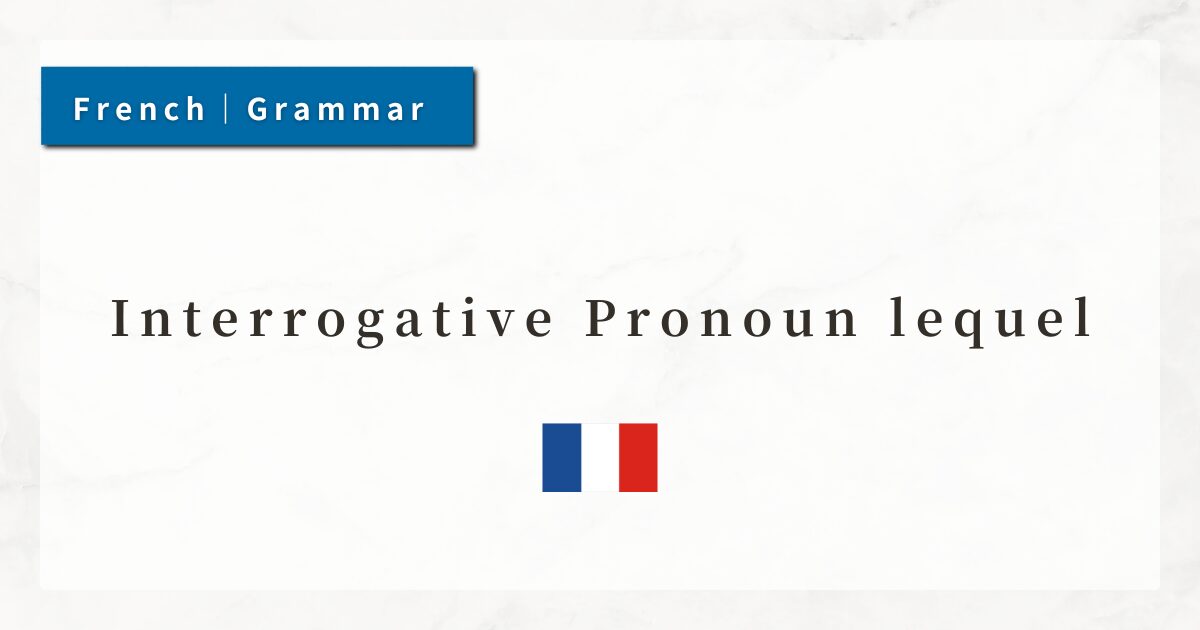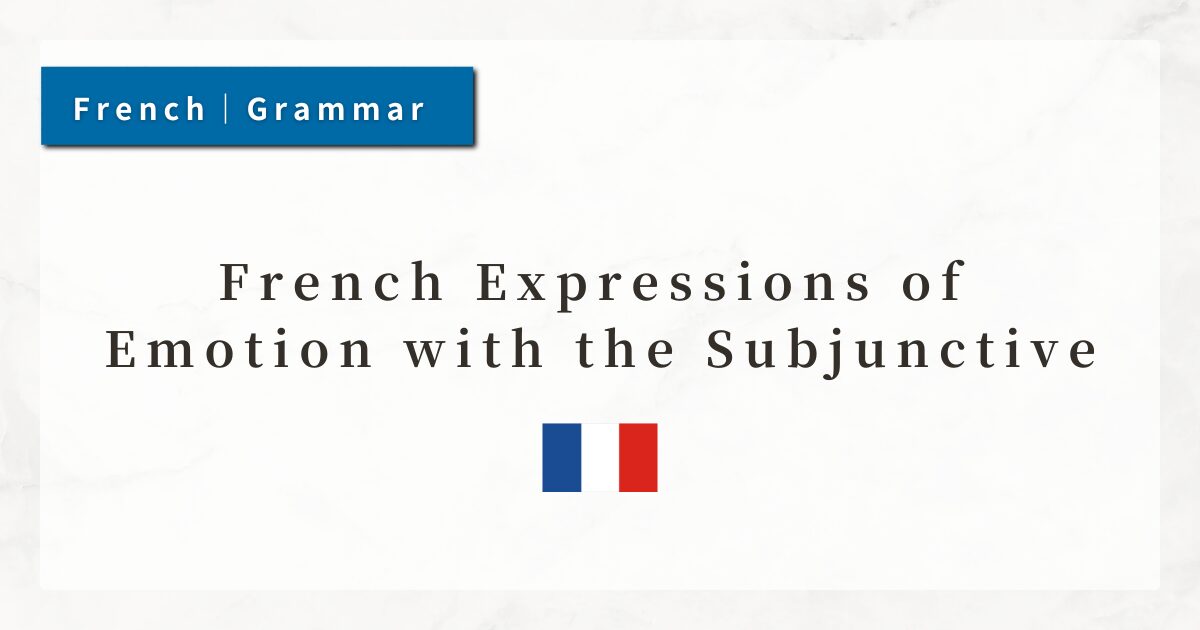#11 How to Form French Negatives | Using ne … pas and Common Pitfalls

In French, forming negative sentences is not as simple as adding “not,” as in English. Instead, the verb is enclosed by ne … pas.
In addition, you must pay attention to changes in articles, contractions, and variations of negative expressions.
In this lesson, I will explain negative sentences systematically, from the basics to more advanced patterns.
1. The Basics of Negative Sentences
A negative sentence denies the meaning of an affirmative statement, expressing “not” or “do not.” In French, the standard way to form a negative is the structure ne … pas.
- Subject + ne (n’) + Verb + pas + Object
The word pas is equivalent to the English “not.” However, unlike English, it cannot stand alone—it must always be used together with ne.
Ne becomes n’ when the following word begins with a vowel or a silent h. This maintains the natural flow of pronunciation.
- Il n’aime pas le café.
(He does not like coffee.) - Nous n’habitons pas à Paris.
(We do not live in Paris.)
This contraction helps preserve the rhythm and fluidity of spoken French.
2. Basic Rule of ne … pas
In French, the verb must always be enclosed between ne and pas. Other elements, such as objects or adverbs, are placed after pas.
- Je ne regarde pas la télévision.
(I do not watch television.)
Placing the verb inside the “ne … pas” structure clearly conveys the negation.
3. Changes in Articles in Negative Sentences
In negative sentences, special attention must be given to articles.
Indefinite articles (un, une) and partitive articles (du, de la, de l’) change to de (or d’) when negated.
- J’ai une voiture. (I have a car.)
→ Je n’ai pas de voiture. (I do not have a car.) - Elle boit du café. (She drinks coffee.)
→ Elle ne boit pas de café. (She does not drink coffee.)
By contrast, definite articles (le, la, les) do not change in the negative form.
- Il aime le chocolat. (He likes chocolate.)
→ Il n’aime pas le chocolat. (He does not like chocolate.)
4. Omission of ne in Spoken French
In everyday conversation, native speakers often omit ne. This is especially common in casual contexts.
- Je sais pas.
(I don’t know.)
→ The full form is “Je ne sais pas.”
However, in formal writing or official contexts, ne should not be omitted. For exams, formal documents, or polite speech, always use the complete “ne … pas” form.
5. Variations of Negation and Nuances
Beyond ne … pas, French has other negative expressions that add nuance and variety.
| Expression | Meaning | Example |
|---|---|---|
| ne … jamais | never | Je ne voyage jamais en avion. (I never travel by plane.) |
| ne … plus | no longer | Il ne travaille plus ici. (He no longer works here.) |
| ne … rien | nothing | Elle ne dit rien. (She says nothing.) |
| ne … personne | nobody | Il ne connaît personne ici. (He knows nobody here.) |
| ne … aucun(e) | none / not any | Il n’a aucun livre. (He does not have any books.) |
6. Summary
- The basic form of French negation is ne … pas, enclosing the verb.
- In negative sentences, indefinite and partitive articles change to de (or d’). Definite articles (le, la, les) remain unchanged.
- In spoken French, ne is often omitted, but in formal contexts the full form is required.
- Other negative structures (ne … jamais, ne … plus, ne … rien, etc.) exist, allowing for richer and more nuanced expressions.




